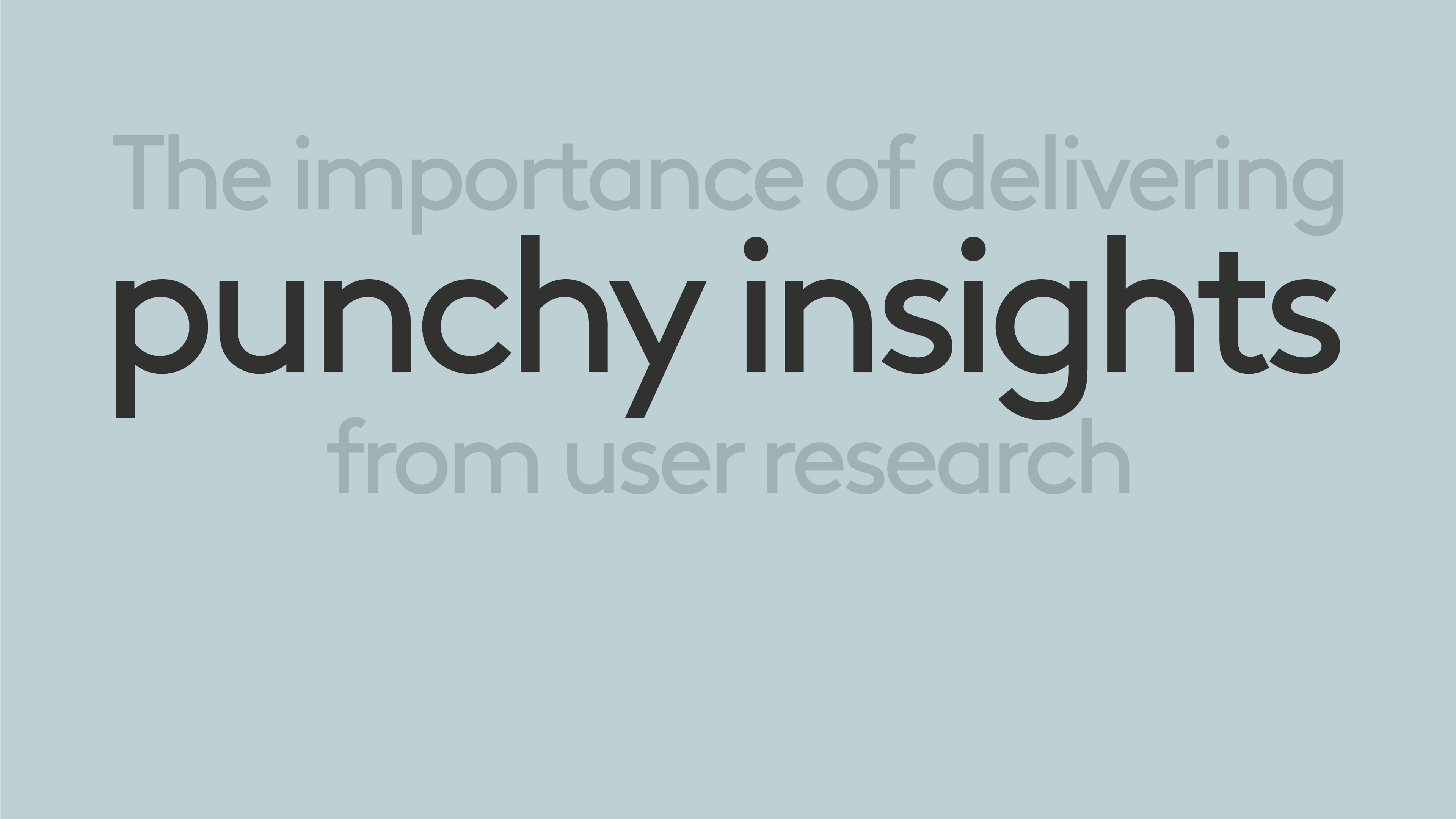
HR and People teams: unlocking transformation by working differently

Written by Lina Dixon and Clare Fogden.
As organisations embark on transformation journeys, they often overlook HR and People teams as critical change agents. Yet by embracing new ways of working, these teams can become a powerful catalyst for unlocking and sustaining broader organisational change.
All too often, HR and People teams structure their work to anticipate every conceivable scenario. While well-intentioned, this approach creates unnecessary complexity - multiple layers of process and an implicit message that employees need guidance for every decision.
If we want simpler, more responsive organisations, HR and People teams need to be able to work differently. This doesn’t mean starting from scratch but rather shifting habits, asking different questions, and being intentional about what they’re really trying to achieve.
Here are some ways to start:
Start with team outcomes
Begin by asking: What are we ultimately working towards? Are we clear on our shared priorities? By defining team outcomes, focus shifts from an endless checklist of tasks to the purpose behind them. This clarity anchors everyone to the “why” rather than just the “what.”
Create Space for Reflection
Schedule regular check-ins – such as brief, focused sessions where the team discusses progress, re-evaluates priorities, and ensures energy is spent where it will have the greatest impact. Deliberate pauses to reflect will ensure efforts are responsive and focused.
Work in the open
Although HR and People teams often handle sensitive information, it’s important to distinguish between what truly requires confidentiality and what can be shared. When progress, decisions, or challenges are visible, trust grows – and collaboration improves. Rather than defaulting to secrecy, make openness a deliberate habit wherever possible.
Practice user-centred design
Move away from 'you said, we did'. Designing with users means understanding their whole experience, not just responding to feedback. It’s also not necessarily about making people happy – it’s about making things work, meeting real user needs, and balancing what’s right for users and the organisation.
Focus on solving the right problems
Be clear on the problems you’re trying to solve. For example, instead of asking “what’s the best performance process?”, ask “how do we help people understand how they’re getting on?”.
Test and learn
Instead of jumping to solutions, start small, share the work in progress and gather colleague feedback early. Be transparent about how their input will – and won’t – be used. Avoid hidden work and surprise launches. Co-creating with colleagues builds trust and engagement, and provides advocates when you are ready to scale.
Avoid relying on past successes
Relying on solutions that worked in other organisations (“I’ve done this at org X” or “I’ve seen this work before”) can miss the mark. Often, this happens because the underlying problem hasn’t been fully understood or the context hasn’t been fully considered. Instead, use user-centred design to deeply understand problems, and adopt a test-and-learn approach to evaluate the impact and effectiveness of interventions.
Tell better stories
Leverage the power of storytelling to help colleagues, leaders and partners to understand the why behind your work. Share what you've learned, your understanding of colleagues’ needs, and how the solutions you are designing will make a difference to people.
Redesign policies with users in mind
Policies often cloak hidden complexities – and they’re also an ideal place to try out fresh approaches to working. We’ve all seen policies that are confusing or intimidating, where someone might need the details (for example, maternity leave) but hesitate to ask. Let’s focus on making policies more transparent, relevant, and easy to find. Conduct user research to reimagine them, test with real users early on, and keep everything simple and human.
Becoming role models
When HR and People teams embrace new ways of working and lead by example – demonstrating what good looks like – they inspire confidence across the organisation. Rather than trying to overhaul everything at once, start small, choose one or two achievable outcomes, reflect on your learnings and take time to celebrate each success. These shifts won’t happen overnight, but by embedding them into your daily practices, HR and People teams won’t just support transformation; they’ll become its role models.
